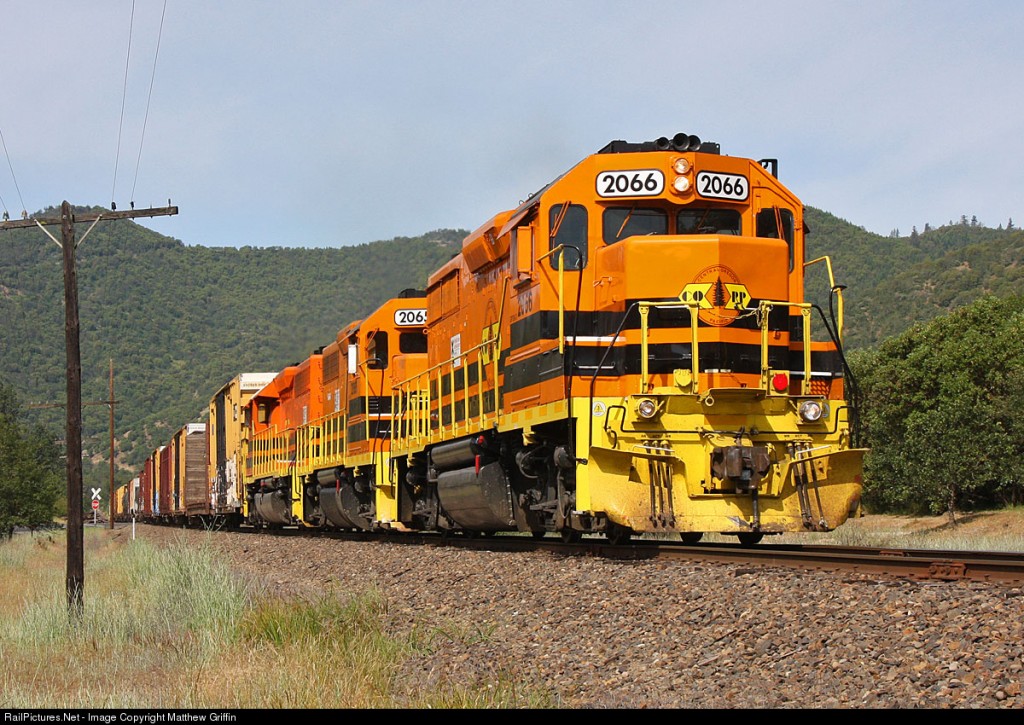Ashland residents witnessed the return of freight trains last week as the first few rail cars rolled through town, cautioning drivers and pedestrians with a loud whistle blow. After nearly 8 years of their absence, the recovery of the train system has brought up issues concerning the safety of the 9 railroad crossings throughout Ashland.
Although the crossings on Oak Street and Walker Avenue have recently been modified to account for the new train traffic, others are equipped with nothing more than a stop sign. The city of Ashland, however, has no control over railroad crossing guidelines. All regulations are created by the Oregon Department of Transportation (ODOT) and have been enforced on all crossings in Ashland, meaning that they are all up to date on safety standards. ODOT is also in charge of routinely inspecting the crossings to make sure they constantly meet the requirements.
“I am not personally concerned about the crossings,” said Anne Bellegia a long-time community member, “but I actually stop at stop signs. We all just have to be vigilant.” Others expressed the same notions towards the trains. “I ride my bike across those tracks every morning,” said Clothilde Baudouin a Political Science Major at SOU, “it’s just something I have to get used to now.”
The trains will not be moving faster than 20mph when crossing through city boundaries. That doesn’t mean safety shouldn’t be a main concern when it comes to crossing the rails. According the Federal Railroad Administration there were 2,289 railroad crossing incidents in 2014 resulting in 268 deaths and 853 injuries. Ashland residents are likely to cross one or more of the nine crossings in the city, multiple times a day, whether that be on foot, bike or in a vehicle. Residents, therefore, are encouraged to be alert when walking over the tracks, and when it comes to driving over, always play it safe.
In the past railroad services have proven to be both safer and more efficient, reducing highway congestion of 3.5 semi trucks for each rail car used, according to ODOT. This was enough incentive for the Central Oregon and Pacific Railroad (CORP) to begin construction on the railway in the spring. They are planning to run 10 or 12 rail cars (about two trains) a day on the track, which can remove roughly 30 semis from I-5 everyday.
The Siskiyou Rail line was in use until 2008 when CORP claimed that they were losing money in the operation. But factors around fuel costs and incentives have changed so for months now they have been repairing a 65-mile stretch of track from Ashland down south to Weed, CA, so that it is prepared to handle a 286,000-pound freight capacity, the industry standard for rail cars.
While freight trains are the only type of trains using the Siskiyou line, ODOT hopes to implement passenger trains in the future so long as it is competitive with automobile travel. The track that runs from Ashland up north to Portland travels through winding mountains and steep downgrades, increasing travel time. Officials say in order to have a passenger train on this rail line a route will have to be created in which passenger trains could travel faster to compete with cars traveling on I-5.
The only passenger train route available from Southern Oregon currently leaves from Klamath Falls.




